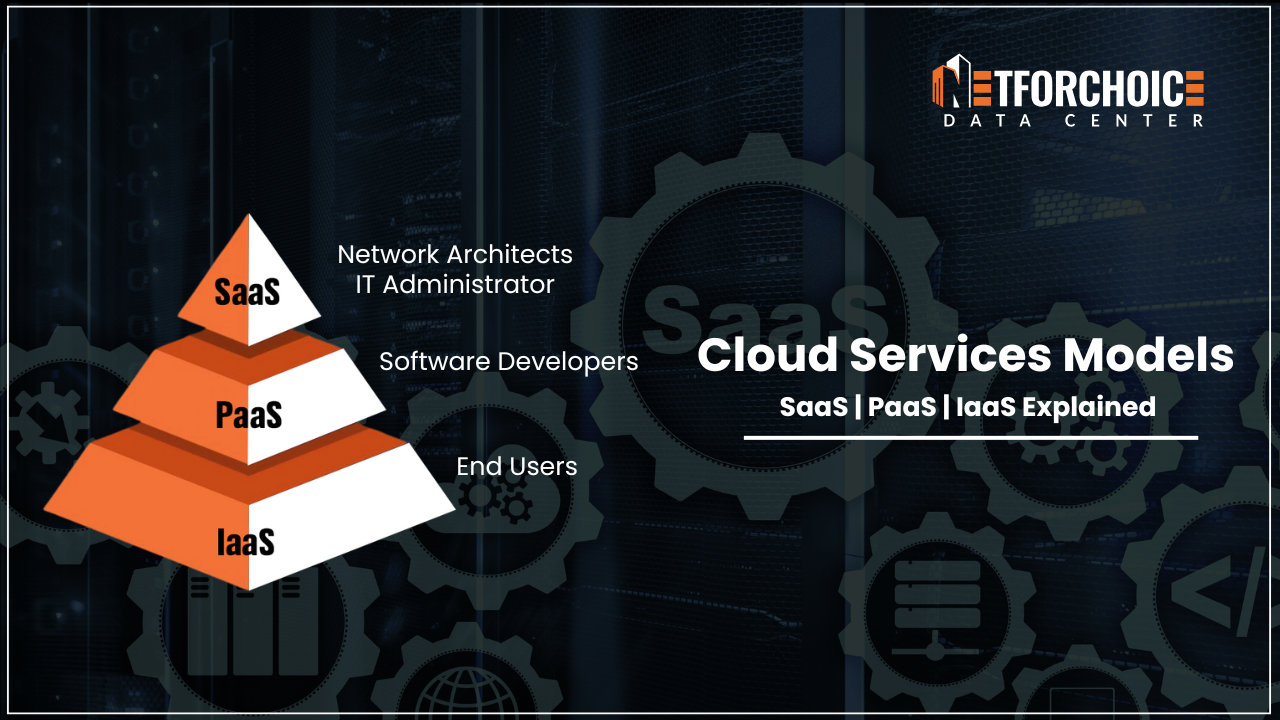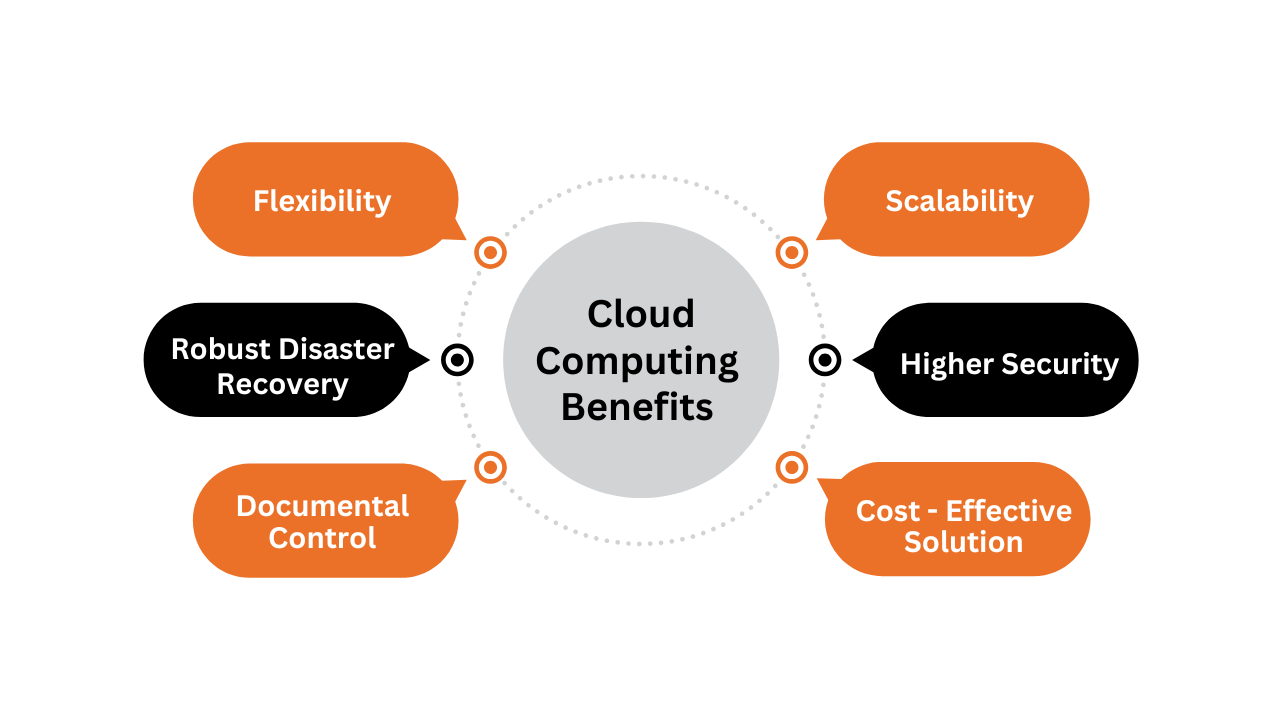Understanding Cloud Computing Services Models: IaaS, PaaS, and SaaS Explained

Let us give you a quick introduction to some cloud computing services modules. In today’s digital transformation, cloud computing has developed as a vital element. Organizations utilize cloud computing services for improved elasticity and agility at a reduced cost. With these solutions: IaaS, PaaS, and SaaS, an elaborate solution to most IT user requirements. At NetForChoice , a leading provider of IT solutions. We strive to simplify these concepts for business seeking greatest performance and creativity.
Topics to be covered
- What Are Cloud Computing Service Models?
- IaaS: Infrastructure as a Service
- PaaS: Platform as a Service
- SaaS: Software as a Service
- Benefits of Cloud Computing
- Emerging Trends in Cloud Computing
What Are Cloud Computing Service Models?
Cloud computing uses a tiered framework called cloud computing service models. Each model is unique. Our aim is to With various levels of abstraction and control to individual business aims. The three primary models are:
- IaaS: Infrastructure as a Service
- PaaS: Platform as a Service
- SaaS: Software as a Service
Businesses can align by understanding these cloud computing models. With their right mix of strategies like resources, tools, and services.
IaaS: Infrastructure as a Service
Infrastructure as a service (IaaS) gives virtualized computing resources. For instance servers, storage, and networking, over the internet. It is a foundational layer of cloud computing and empowers businesses. To build and manage their IT environments without investing in physical hardware.
Key Features of IaaS:
On-Demand Resources: Access compute, and networking resources as needed on demand resources.
Flexibility: Users have complete flexibility control over the infrastructure, providing customization.
Scalability: Easy scalability resources up or down based on demand.
Benefits of IaaS:
- IaaS eliminates capital expenses associated with maintaining on-premises infrastructure.
- This accesses the resources from anywhere, allowing remote operations.
- This assures business continuity and built-in data backup and recovery options.
Real-World Applications of IaaS:
- It helps for high performance applications and hosting websites.
- With large-scale needs this is the solution of data storage for enterprises.
- This assures data integrity backup and recovery services during unforeseen events.
PaaS: Platform as a Service
Platform as a Service (PaaS) allows a cloud-based environment for developers. This also provides the ability to build, test, and deploy applications. Additionally, this allows developers to focus completely on coding and application management. Furthermore this abstracts the underlying infrastructure.
Key Features of PaaS:
Integrated Development Tools: PaaS simplifies the pre-configured frameworks and APIs application growth.
Automatic Updates: This assures regular updates compatibility and improved security.
Collaboration Friendly: PaaS facilitates team collaboration with centralized environments.
Benefits of PaaS:
- PaaS speeds up application growth and deployment cycles.
- This avoids the expense of maintaining on-premises growth environments.
- Instead of managing infrastructure developers focus on building applications.
Real-World Applications of PaaS:
- PaaS develops mobile and web applications with improved workflows.
- This creates progressive APIs for enterprise integrations.
- Before full-scale deployment prototyping and testing software.
SaaS: Software as a Service
On a subscription basis Software as a Service (SaaS) provides software applications over the internet. In addition, these models remove the need for installation, maintenance, and hardware management. Also provide ready to-use solutions.
Key Features of SaaS:
Web Based Access: Web browsers can be accessed from any device.
Subscription Based Pricing: This pays for the features and users you need.
Automatic Updates: Updates and security patches are managed by providers.
Benefits of SaaS:
- Ease of Use: There is no requirement of installation or maintenance.
- Cost Savings: SaaS reduces upfront costs for software licenses and updates.
- Scalability: This is easily add or remove users and features as business needs evolve.
Real-World Applications of SaaS:
- Collaboration devices include Google Workspace and Microsoft Teams.
- Customer relationship management (CRM) systems such as Salesforce.
- Dropbox is like file storage and sharing platforms.
Ask For Cloud Computing Services
Benefits of Cloud Computing

Cloud computing provides benefits beyond cost savings. Businesses can experience by adopting cloud computing architecture:
Enhanced Scalability: Rapidly modify resources in response to changing business needs.
Global Accessibility: Operate from anywhere with internet access.
Improved Security: Providers use effective security measures to protect sensitive data.
Reduced Overheard: Avoid capital costs for hardware and software infrastructure. Cloud computing makes it a vital supporter of digital transformation across industries.
Also Read: Why Choose IaaS for Your Enterprise – A Clear Picture
Cloud Computing Service Models choosing into practical insights
IaaS:
- IT environments need maximum flexibility to build custom for organizations.
- For companies that require scalable computing resources to handle multiple workloads.
PaaS:
- This aiming to enhance application creation and deployment for ideal advancement teams.
- This is appropriate for businesses that want to prototype or activate applications without managing the backend.
SaaS:
- With minimal IT involvement out-of-the-box software solutions for businesses looking are best.
- Enhancing collaboration and managing customer relationships seamlessly is suitable.
You can identify your operational needs by evaluating the most suitable types of cloud services for your business.
Emerging Trends in Cloud Computing
Cloud Computing models landscape continues to evolve with innovations such as:
Server less Computing: This allows developers to focus completely on application logic which further decreases the need for infrastructure management.
AI Integration: With artificial intelligence this enhances resource optimization and data analytics.
Hybrid Cloud Solutions: Combining public and private cloud infrastructures to improve flexibility and security.
Green cloud computing: In data center operations, energy efficiency and sustainability are prioritized. In increasing technology-forward solutions, these advancements highlight the role of cloud computing providers.
Additional Insights
You can also look into this blog on alternatives-to-aws or benefits-of-managed-it-services for a deeper understanding of cloud computing service models and their alternatives. It provides practical insights into cloud providers and solutions that align with your business needs.
Conclusion
IaaS, PaaS, and SaaS like cloud computing service models variations understanding digital seeking transformation is important for businesses. Whether it’s the flexibility of infrastructure as a service, the streamlined enhancement environment of platform as a service, or the simplicity of software as a service, each model provides unique advantages.
NetForChoice focuses on giving advanced cloud computing solutions that meet the demands of modern enterprises. Businesses can increase innovation, decrease costs, and scale effortlessly by exploring the strengths of these types of cloud services. Contact NetForChoice to learn how our cloud services can redefine your IT operations and enable your business to drive in a competitive environment.
Submit Your Query

